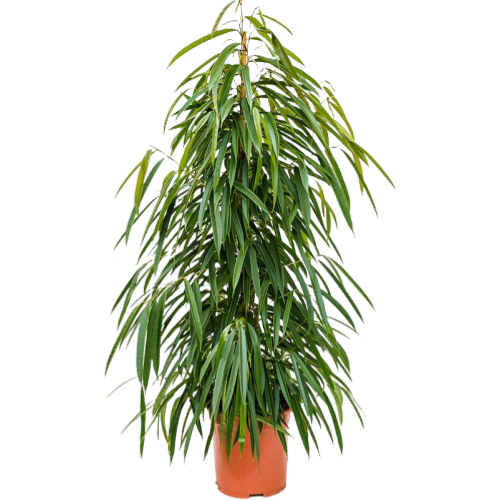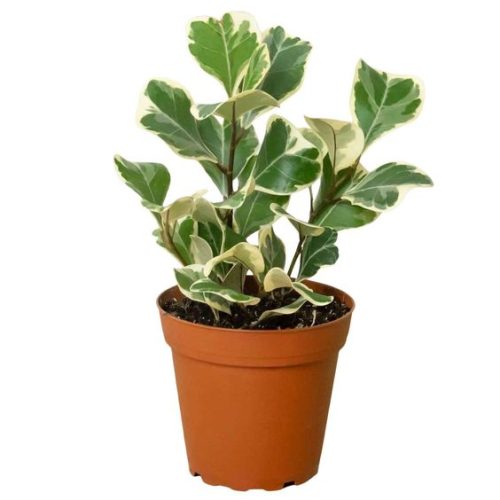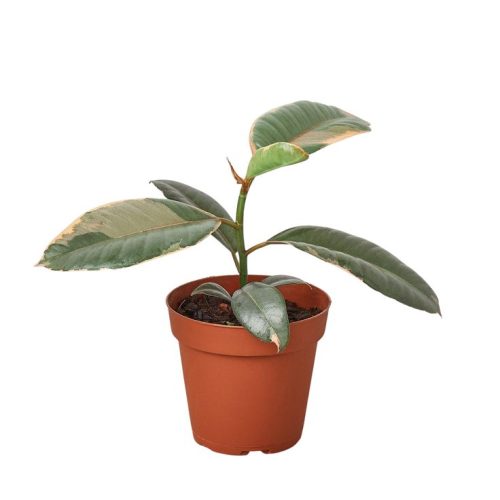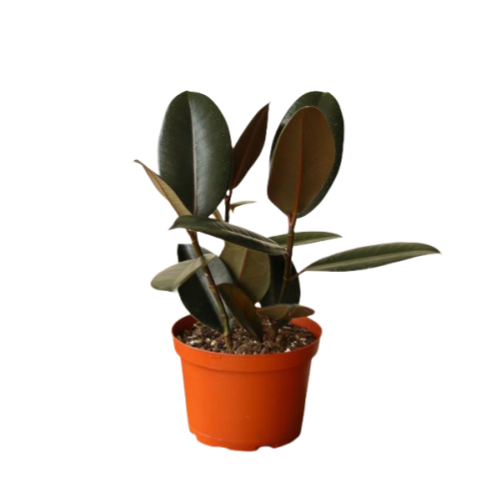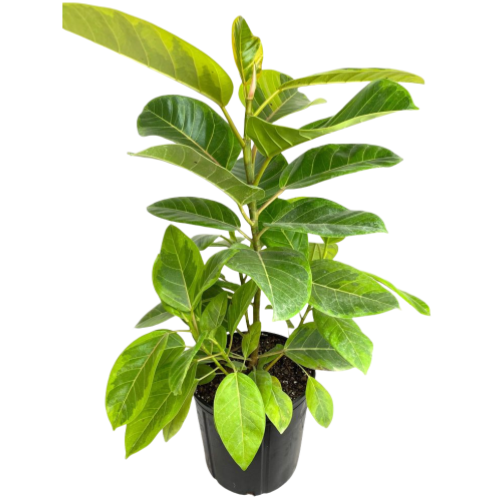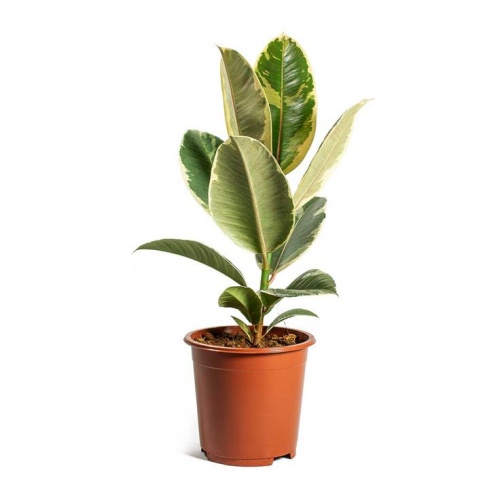Ficus Benjamina Kinky
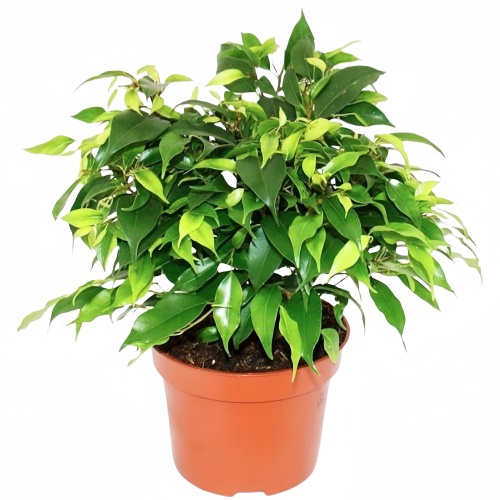
- Botanical Name: Ficus benjamina 'Kinky'
- Family Name: Moraceae
- ลำต้น: 2-6.5 Feet
- อุณหภูมิ: 16°C~24°C
- Others: Likes bright, indirect light, moist, and warm.
ภาพรวม
คำอธิบายผลิตภัณฑ์
The Kinky Chronicles: การเรียนรู้ศิลปะแห่ง Ficus Benjamina Kinky Bonsai Magic
Ficus Benjamina Kinky Wonders: The Fig Tree’s Fruitful Secrets
Ficus Benjamina Kinky ต้นไม้ขนาดใหญ่ที่อยู่ในตระกูล Moraceae สามารถเติบโตได้สูงถึง 20 เมตรโดยมีเส้นผ่านศูนย์กลางลำตัวตั้งแต่ 30 ถึง 50 เซนติเมตร เปลือกไม้ของมันเป็นสีเทาและเนียนพร้อมกิ่งก้านที่เหี่ยวลง
ใบของ ficus benjamina kinky นั้นบางและหนังมีรูปร่างเหมือนวงรีหรือรูปไข่รูปไข่บางครั้งมีหางรูปใบหอก พวกเขาวัดความยาวประมาณ 4 ถึง 8 เซนติเมตรและความกว้าง 2 ถึง 4 เซนติเมตรโดยมียอดยอดสั้นและฐานทรงกลมหรือรูปลิ่มซึ่งมีขอบเรียบโดยไม่ต้องหยัก
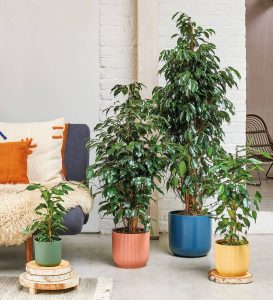
Ficus Benjamina Kinky
The primary and secondary veins are indistinguishable, running parallel and extending nearly to the leaf’s edge, interwoven to form the marginal vein. The leaf surface and back are smooth and hairless. The petiole is about 1 to 2 centimeters long, with a groove on top. The stipules are lanceolate, about 6 millimeters long.
มะเดื่อของ Ficus Benjamina Kinky เติบโตเป็นคู่หรือโดยลำพังในแกนใบโดยมีฐานที่ จำกัด ซึ่งก่อตัวเป็นก้านใบ ดอกไม้เป็นรูปไข่ในวงกว้างโดยมีเส้นใยสั้นแคบ ๆ ที่มีรูปร่างเหมือนกุญแจ สไตล์นั้นอยู่ด้านข้างและ tepals นั้นสั้นและมีรูปร่างสำคัญ ผลไม้เป็นทรงกลมหรือรูปแบนเรียบเนียนและเป็นผู้ใหญ่จากสีแดงเป็นสีเหลือง
The fig’s diameter ranges from 8 to 15 centimeters, with inconspicuous basal bracts. A single fig contains a few male flowers, many gall flowers, and a few female flowers. Male flowers are very few, petioled, with four broad, oval tepals, a single stamen, and short filaments. Gall flowers are petioled, numerous, with five to four narrow, spoon-shaped tepals, and an oval, smooth ovary with a lateral style. Female flowers are sessile, with short, spoon-shaped tepals.
Nurturing the Ficus Benjamina Kinky’s Resilience and Charm
Ficus Benjamina Kinky is a tropical tree that favors warm, moist, and sunny conditions, being heat and drought tolerant but sensitive to cold and dry environments. It can withstand light frost and snow but not severe cold. In China, it grows well in Yunnan’s moist mixed forests at 500-800 meters above sea level. It’s best suited for indoor pot cultivation in colder regions to avoid winter damage. Weeping Fig tolerates both sunlight and shade, making it suitable for indoor cultivation. It requires fertile, well-drained soil.
หลังการจัดตั้ง Ficus Benjamina Kinky ต้องการการดูแลที่เหมาะสมสำหรับการเติบโตที่ดีโดยเฉพาะในฤดูหนาวและฤดูใบไม้ผลิ ต้นไม้นี้ได้รับการชื่นชมสำหรับรากทางอากาศเถาวัลย์รากและรากบล็อก แต่ใบขนาดใหญ่ของมันสามารถเบี่ยงเบนจากการอุทธรณ์ของบอนไซ เพื่อเพิ่มมูลค่าการประดับของมันเราสามารถใช้หม้อขนาดเล็กดินน้อยกว่ารับสินบนสายพันธุ์ขนาดเล็กหรือใช้เทคนิคอื่น ๆ เพื่อลดขนาดใบใน ficus bonsai
วิธีรักษาความสวยงามของบอนไซ?
ในระหว่างกระบวนการเจริญเติบโต Ficus Benjamina Kinky Bonsai อาจประสบกับสีเหลืองและการไหลของใบฐานเนื่องจากการเผาผลาญและเหตุผลอื่น ๆ ที่นำไปสู่กิ่งก้านและใบกระจัดกระจายซึ่งส่งผลกระทบต่อสุนทรียภาพของมัน เพื่อรักษาความงามระยะยาวของ Ficus Bonsai มันเป็นการดีที่สุดที่จะตัดแต่งอย่างหนักและทันเวลาในแต่ละปี
During pruning, remove dead branches, crossing branches, inner branches, parallel branches, water sprouts, and dense branches. Trim and tie according to the growth momentum of the Ficus and the cultivator’s intentions, especially pruning the vigorously growing small branch groups at the top to maintain a compact and sturdy tree shape, ensuring the leaves are moderately sparse, branches are clearly visible, and the leaves are small, thin, and shiny.
หลังจากการผลัดใบและการตัดแต่งกิ่งการระเหยของ Fficus Benjamina Kinky Bonsai จะลดลงอย่างมากดังนั้นจึงจำเป็นที่จะต้องควบคุมความชื้นอย่างเคร่งครัดของดินปลูกเพื่อป้องกันไม่ให้เปียกหรือเปียกน้ำมากเกินไป ก่อนที่ใบใหม่จะต้นอ่อนสเปรย์น้ำบนกิ่ง 2 ถึง 3 ครั้งต่อวันและหยุดเมื่อใบใหม่โผล่ออกมา ใช้ปุ๋ยสารประกอบแบบเต็มเอฟเฟกต์ครึ่งเดือนก่อนการผลัดใบเพื่อเพิ่มการสะสมของสารอาหารและให้แน่ใจว่าสารอาหารที่เพียงพอสำหรับการงอกของใบ อย่าใส่ปุ๋ยจากช่วงเวลาของการผลัดใบจนกระทั่งรูปแบบใบใหม่จากนั้นใช้ปุ๋ยเหลวที่มีฟอสฟอรัสและโพแทสเซียม
เมื่อใบใหม่เกิดขึ้นพวกเขามักจะเป็นสีเหลืองและบางดังนั้นใช้ปุ๋ยอินทรีย์เจือจางบาง ๆ และบ่อยครั้งจนกระทั่งใบใหม่กลายเป็นสีเขียวหนาและมันวาว นอกจากนี้ควรมีการผลัดใบและการตัดแต่งกิ่งในวันที่มีแดดเพื่อให้แน่ใจว่าแสงเพียงพอและย้ายไปยังสถานที่พักพิงในกรณีที่ฝนตกเป็นเวลานานเสริมด้วยแสงประดิษฐ์หากจำเป็น





